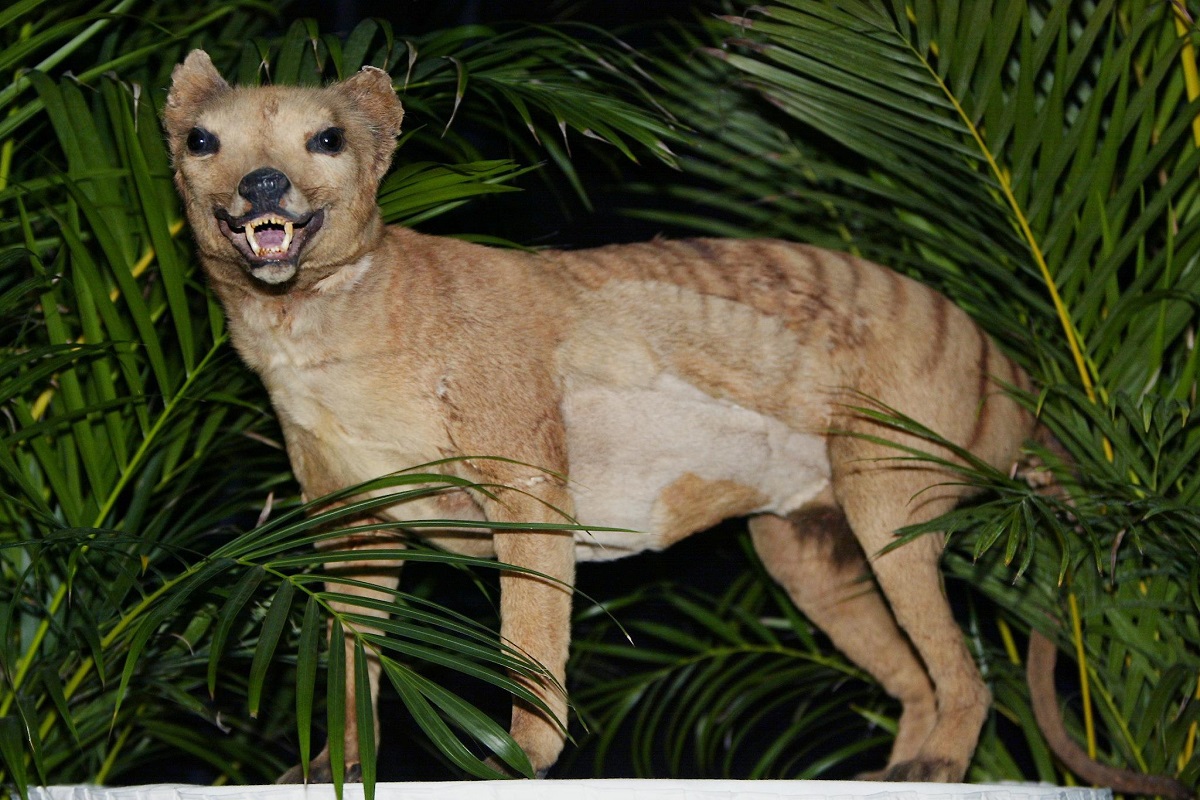- The Tasmanian tiger is in danger of extinction.
- Researchers in the US and Australia are working to save it.
- Team claims that it can be replicated using stem cells and gene-editing technologies.
The Tasmanian tiger is in danger of extinction, but researchers in the US and Australia are working to save it.
The last one, known as a thylacine, perished in the 1930s.
The bid’s team claims that it can be replicated using stem cells and gene-editing technologies, and the first thylacine may be released back into the wild in ten years.
Some specialists are skeptical and claim that de-extinction is a myth.
The thylacine’s stripes along its back gave it the label “Tasmanian tiger,” but it was actually a marsupial, an Australian mammal species that rears its young in a pouch.
The team of Australian and US researchers wants to employ gene-editing technologies to “bring back” an extinct species—or an incredibly near approximation of it—by using stem cells from a live marsupial species with matching DNA.
It would be an incredible accomplishment for the researchers who tried it and would call for several technological advances.
“I now believe that in 10 years’ time we could have our first living baby thylacine since they were hunted to extinction close to a century ago,” said Professor Andrew Pask, who is leading the research from the University of Melbourne.
Tens of thousands of years ago, when people first arrived in Australia, the population of Tasmanian tigers decreased. This trend was later reversed when dingoes, a type of wild dog, were introduced.
The marsupial was eventually hunted to extinction and only wandered freely on the island of Tasmania.
At the Hobart Zoo, the final captive Tasmanian tiger passed away in 1936.
The first “de-extinction” occurrence in recorded history would occur if scientists were to successfully bring the animal back to life, however many outside specialists have doubts about the validity of the research.
The study is “more about media attention for the scientists and less about doing serious science”, Associate Professor Jeremy Austin of the Australian Centre for Ancient DNA told the Sydney Morning Herald. “De-extinction is a fairytale science.”
For more than 20 years, there has been talk of reintroducing the Tasmanian tiger. Since the Australian Museum began working on a project to clone the animal in 1999, numerous efforts have been made periodically to extract or reconstruct viable DNA from samples.
This most recent endeavour is a collaboration between researchers at the University of Melbourne and the Texas-based business Colossal.
The US company made news last year when it announced plans to revive the woolly mammoth using a similar gene editing technique—a scientific achievement that has not yet been accomplished.
[embedpost slug=”/dingoes-arent-just-feral-dogs-says-study/”]

















